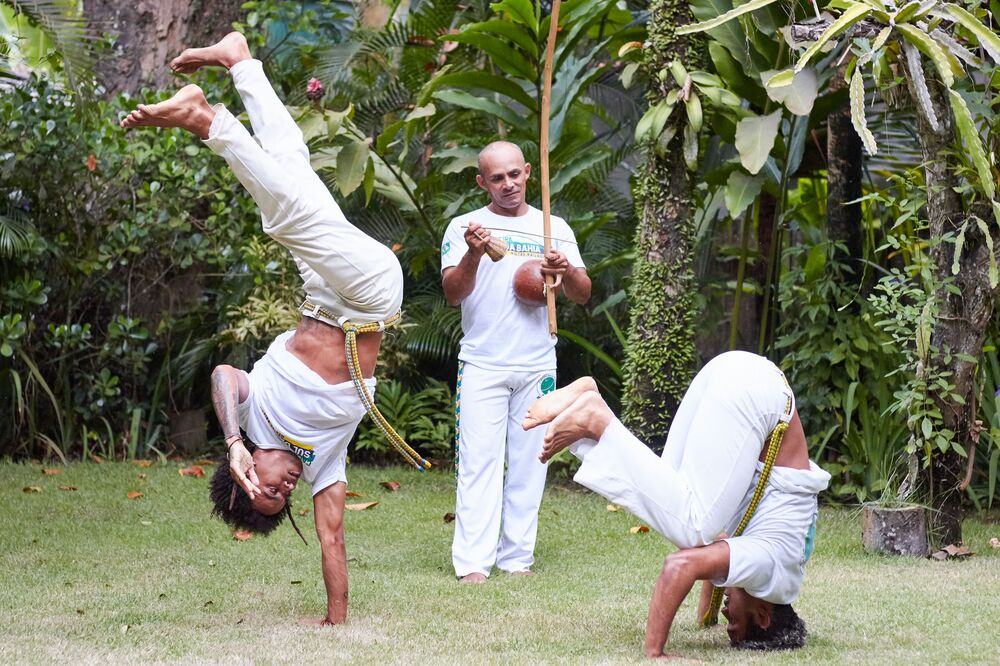
I’d spent three intense years training in jeet kune do—an expression of martial arts Bruce Lee developed—before finally making it to Leung Ting Gym in Hong Kong’s neon-lit Yau Ma Tei neighborhood. Among fruit and jade markets, a narrow staircase leads up to this living piece of history. It’s named for one of the last disciples of Grandmaster Ip Man, one of Lee’s most influential teachers, who helped popularize a 300-year-old kung fu style called wing chun.
Leung Ting Gym doesn’t normally allow visitors or drop-in students, so it’s a treat that my concierge at the Rosewood Hong Kong has brought me this far. Through a small window on a mustard-colored door, he and I watch in awe as three students perform the circular and linear hand motions of chi sau. Cantonese for “sticky hands,” it’s a calm, fluid way to diffuse the energy of an attacking opponent, a centuries-old lesson in grace under pressure.
Peering in, I think about wing chun’s founder, a Buddhist nun named Ng Mui from China’s legendary Shaolin Temple. Her fighting system tailored for smaller people has emboldened me as a 5-foot-2 Asian-American woman.

